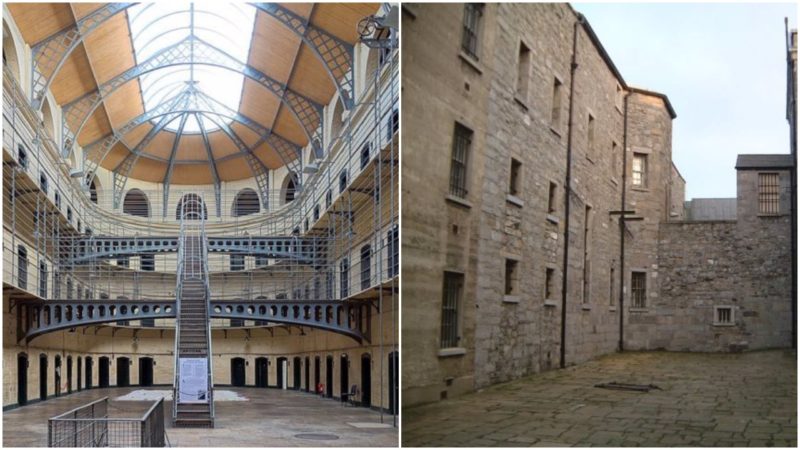This infamous prison, now long established as a national monument, has a unique place in Irish History.
It was built in 1792 and over the years its cells held some of Ireland’s most famous political and military leaders.
From 1798 until 1916, a number of Irish rebellions were imprisoned and executed in this gaol (jail), such as Thomas Francis Meagher, Charles Stewart Parnell, Robert Emmet, and fourteen members of the Easter Rising of 1916, involved in the struggle for Irish independence from British rule.
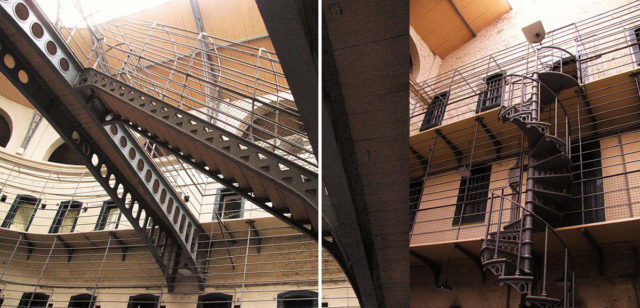
The Irish nationalist leader Robert Emmet, who inspired the abortive rising of 1803, was imprisoned in Kilmainham before being found guilty of treason and taken to Thomas Street where he was hanged.
Originally, public hangings took place at the front of the prison until the 1820s. Later, a small hanging cell was built on the first floor, between the West Wing and the East Wing.
Probably the most famous executions in Kilmainham were those of fourteen of the leaders of the1916 Easter Rising who were executed over the course of ten days by a British Army firing squad in the Stonebreaker’s Yard.
The leader of the 1916 Easter Rising Joseph Plunkett even married in this prison just before he was executed. The prison also housed many of the anti-treaty forces during the civil war period that followed the Irish War of Independence.
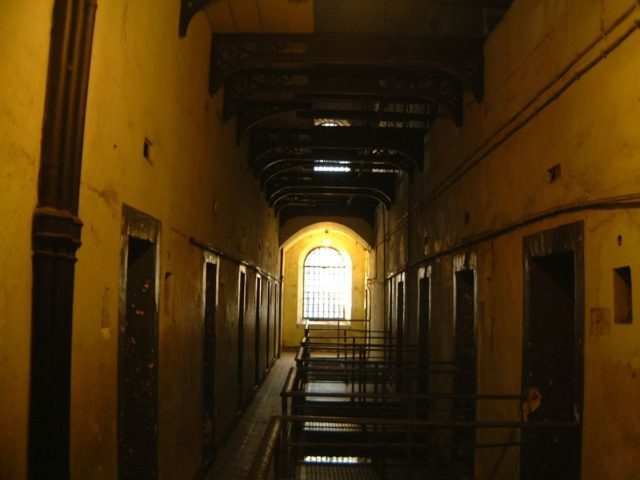
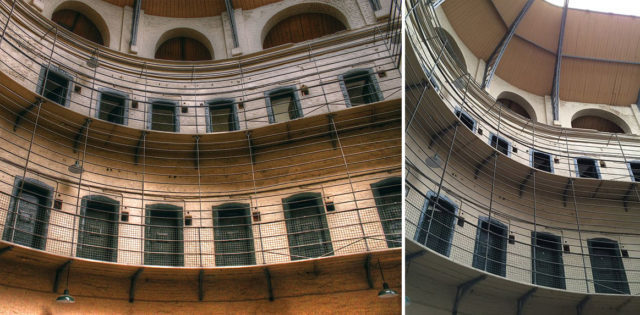
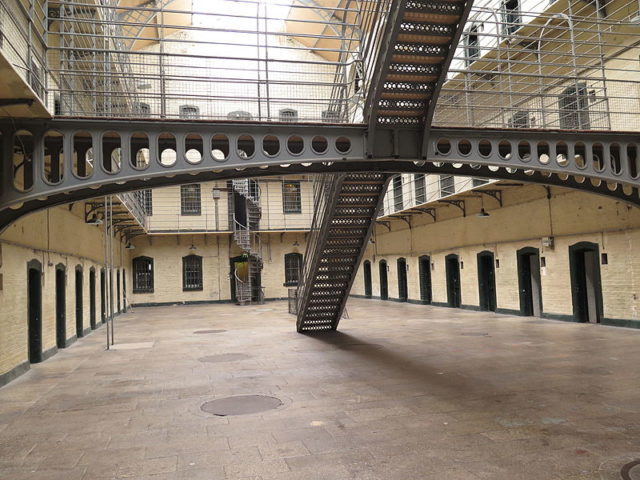
During its history, the gaol contained not only political and military leaders but also thousands of ordinary men, women, and children accused of petty theft and begging (the youngest child to be incarcerated is said to be a seven-year-old boy who served time for stealing a cloak).
Prisoners have been given only a single candle for light and heat and each candle had to last for two weeks which illustrates the harsh and inhumane conditions in the prison at the time.
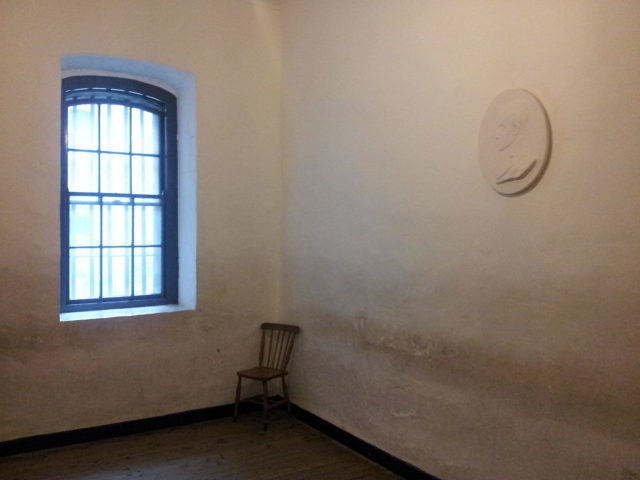
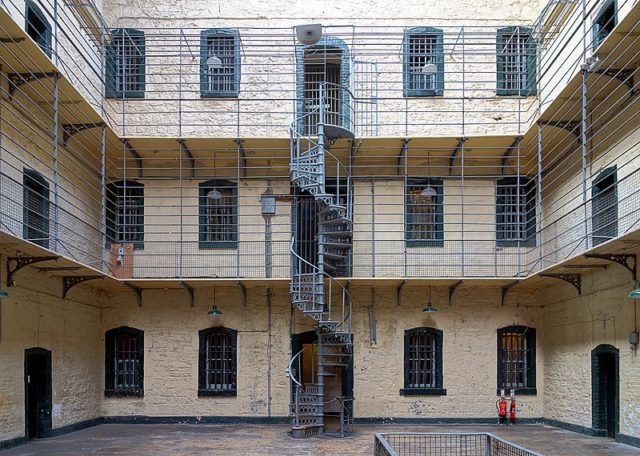
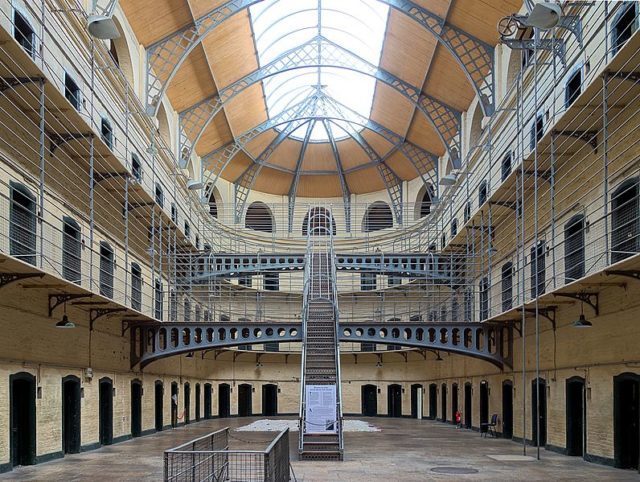
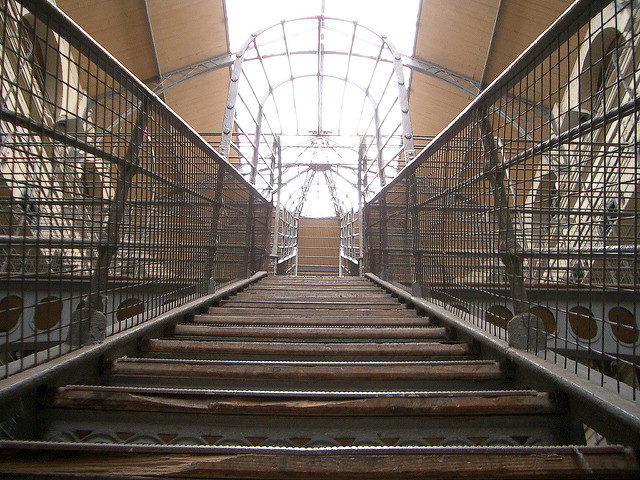
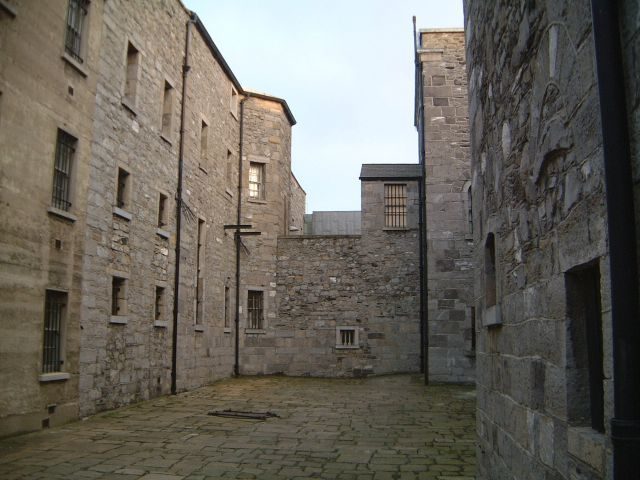
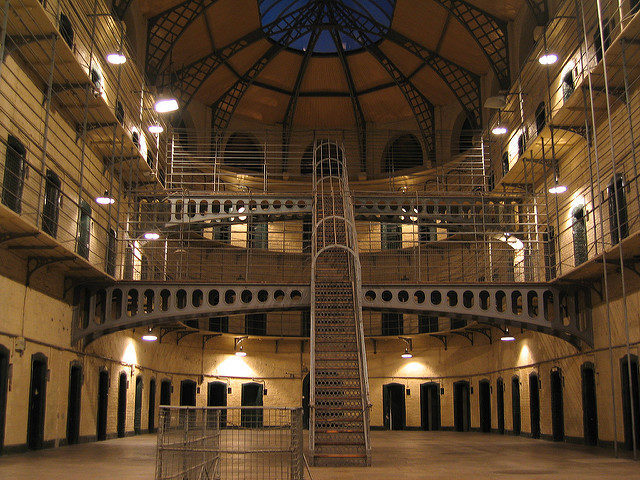
The last prisoner to be held inside these walls was Éamon de Valera, the first President of the Free State the Republic of Ireland, who was released on July 16, 1924, shortly before the prison was closed permanently.
Kilmainham Gaol was decommissioned in 1924 by the government of the new Irish Free State and never again used as a place of confinement. It sat empty and neglected until the 1960s when a restoration society turned it into a museum. On the top floor, there’s an art gallery which exhibits jewelry, sculptures, paintings, and all sorts of memorabilia made by prisoners who served time inside its walls.
